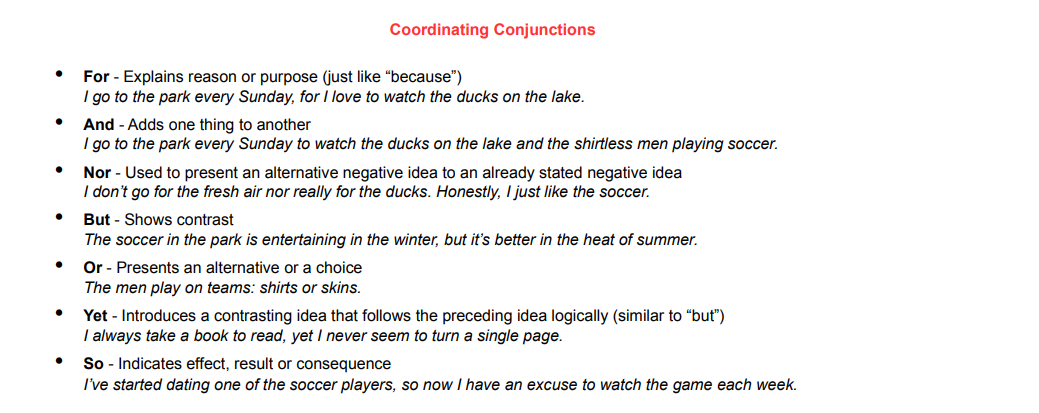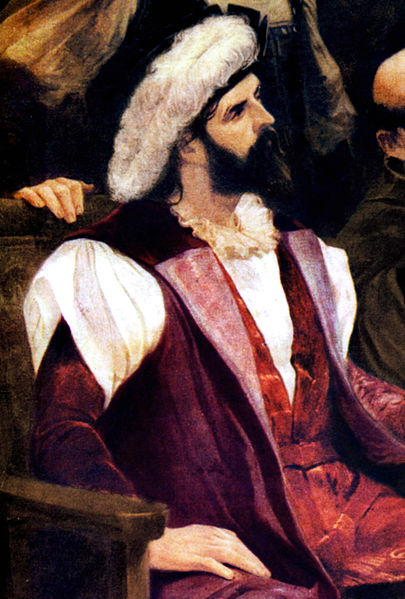Please share my lesson using your social media platforms. Use the links above.

Student FREE Bookstore (CLICK HERE)
https://www.fiverr.com/s/YDrPkl
Pedro Álvares Cabral was a Portuguese explorer who is credited with discovering Brazil in South America. He landed near present-day Bahia off the eastern coast of South America. Several years after Cabral, the Portuguese began colonizing the area. They found great profit by exporting lumber, specifically the brazilwood tree. This was a tropical tree that produces a bright red dye that became very popular. It was also a strong, sturdy wood that was used to make furniture and in ship-building. The name “Brazil” began to be popular in 1503, and was associated with this brazilwood tree.
NEW VOCABULARY: great, profit, exporting, lumber
HIS EARLY LIFE:
Pedro Álvares Cabral was born in Belmonte, Portugal in either 1467 or 1468. Although little is known of his early life, we know that he was the second son and came from a noble family.2 His family was in service to the crown, so young Pedro received his education at the royal court. In 1497, the king of Portugal, King Manuel I, made him part of the king’s council. At this time, the Portuguese were searching for a route to Asia by trying to sail around Africa. Fellow explorer Bartolomeu Dias became the first European to sail around Africa’s southern tip in 1488 but failed to complete the journey to Asia. Nearly ten years later between 1497 and 1498, Portuguese explorer rounded Africa, and made it all the way to Asia, landing in Calicut, India. This accomplishment opened up a faster trade route for the Portuguese empire.
NEW VOCABULARY: either, noble, to sail, route, fellow, southern rounded accomplishment
GRAMMAR SECTION: The section starts off simple and then gradually gets more and more difficult.
1. In the following sentence, choose the correct form of the verb ‘to be’: Brazil (is/are) the largest country in South America by land area and population.
2. Fill in the blank with the appropriate preposition: Iguazu Falls, one of Brazil’s natural wonders, lies ___ (in/on/at) the border between Brazil and Argentina.
3. Identify the error in this sentence and correct it: Him is excited to watch a football match at Maracanã Stadium during his trip to Brazil.
4. Choose the correct form of the adjective ‘beautiful’: Rio de Janeiro features one of the most (beautiful/most beautiful/beauty) landscapes in the world with its iconic Sugarloaf Mountain.
5. Combine these two sentences using a relative clause: The Amazon rainforest is in Brazil. It is home to a vast array of plants and animals.
6. Choose the appropriate modal verb for this sentence: Before visiting Brazil, you ____ (must/should/ought to) apply for a visa, especially if you are from certain countries.
7. Fill in the blank with the correct possessive pronoun: São Paulo is known for ____ (its/it’s/their) vibrant art scene and delectable cuisine.
8. Turn this active sentence into a passive one: Carnaval organizers hold extravagant parades every year in several Brazilian cities.
9. Which word correctly completes this conditional sentence? If I ____ (had/have/would have) more time, I would explore more cities in Brazil during my vacation.
10. Rewrite this question using indirect speech: “What time does the tour to Christ the Redeemer start?” She asked when ________.
VIDEO LISTENING SECTION:
QUESTIONS:
-
-
-
-
- Where was Cabral going when he accidently discovered Brazil?
- Who was the second governor of Brazil.
- What were the three things that the King of Portugal asked Cabral to find?
- Where was the first government centre set up in Brazil?
- Where in Brazil has there been volcanic eruptions?
-
-
-
SECTION ONE:
Pedro Cabral set sail from Lisbon, Portugal on March 9, 1500. He had a fleet of 13 vessels and 1200 men, including famed explorer Bartolomeu Dias. Dias was in command of one of the vessels. Cabral and his fleet sailed past the Canary Islands and Cape Verde Islands off the coast of Africa. Shortly after leaving, one of Cabral’s ships was missing, and believed to have sunk. Cabral was to follow the same route as da Gama around Africa to India. However, he accidentally sailed too far south west into the Atlantic Ocean. This accident brought him to the South American coast and to a new land unknown to the Europeans. Cabral realized that the land was not India. He and his fleet made anchor, at Porto Seguro, on the coast of the present day state of Bahia.6 They went ashore and erected a large wooden cross which he used to claim the land in the name of Portugal.
NEW VOCABULARY: a fleet, in command, missing, sunk, a wooden cross
SECTION TWO:
Cabral and his fleet left South America and headed back southeast towards the Cape of Good Hope in Africa. Along the way, the fleet encountered bad storms. On May 24, 1500, the storm sank four of Cabral’s ships, including the one carrying Bartolomeu Dias. Dias and all men aboard the four ships drowned and died. With his remaining six ships, Cabral continued onward to India. They stopped at several African ports along the way including Sofala, Mozambique, and Kilwa. They did not have much luck trading, and often encountered unfriendly natives.
NEW VOCABULARY: headed back, encountered, drowned, onward to, trading
SECTION THREE:
Pedro Cabral’s return to Portugal had mixed reception. He discovered Brazil, and helped set up trade in India. However, relations in India with the Arab traders did not go well. Plus, Cabral lost more than half his fleet and crew along his journey. Still, the king of Portugal gave him command for another voyage to India. Cabral spent several months preparing, but he was replaced by Vasco da Gama shortly before they were to leave. Cabral left the king’s court and retired. He eventually got married and had six children. He lived a quiet life until his death in 1520.
NEW VOCABULARY: mixed reception, discovered, Arab traders, fleet, crew, retired
GRAMMAR SECTION:

SECTION FOUR:
Pedro Álvares Cabral’s work in India often get overshadowed by Vasco da Gama’s. Also, explorers Amerigo Vespucci, Vincente Yánez Pinzón, and Diego de Lepe all sailed along the Coast of Brazil and went ashore before Cabral. But these trips were all part of a larger expedition, and none claimed the land for their king and country. So we still give Cabral credit for being the first European to discover Brazil. They still speak Portuguese in Brazil today. And with over 220 million people living in Brazil, it is the largest Portuguese speaking nation in the world. Cabralia Bay in Brazil is named in honour the explorer.
NEW VOCABULARY: overshadowed, sailed, larger expedition, claimed, honour
WRITING SECTION:
Write 100 words about why Brazil became known as Brazil. In your writing use the following grammar concepts:
-
-
-
-
- In your writing use all of the coordinating conjunctions in the grammar section.
-
-
-


